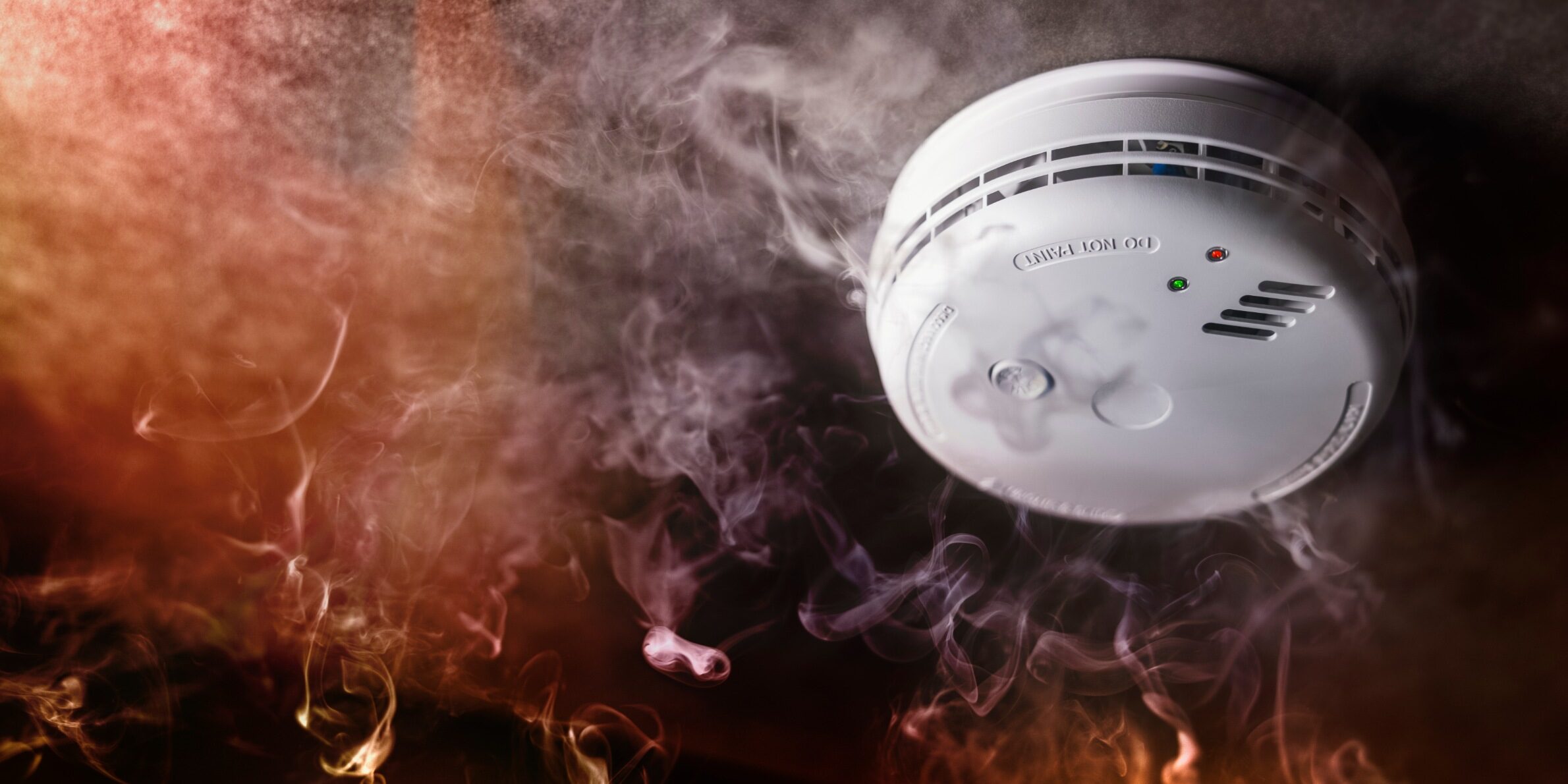Safeguarding Lives Through Early Fire Detection
Smoke detectors are crucial in safeguarding our homes and businesses by providing early warning signs of potential fire hazards. These small, unassuming devices have saved countless lives and prevented extensive property damage. But have you ever wondered how smoke detectors work? In this article, we’ll explore the inner workings of smoke detectors and understand the mechanisms that enable them to detect the presence of smoke and alert us to potential fires.
Types of Smoke Detectors:
Before delving into their functioning, it’s important to note that there are primarily two types of smoke detectors: ionization and photoelectric detectors. Each type operates on different principles, but both are designed to discover the presence of smoke.
1. Ionization Smoke Detectors:
Ionization smoke detectors use a tiny amount of radioactive material, typically americium-241, to detect smoke particles in the air. The radioactive material emits alpha particles, which ionize the air within the detector’s chamber. The ionization process creates a small electrical current.
When smoke enters the chamber, it disrupts the ionization process by attaching to the charged particles, reducing the electrical current. The decrease in current triggers the alarm, alerting occupants to the presence of smoke and potential fire. Ionization smoke detectors are susceptible to fast-burning, flaming fires.
2. Photoelectric Smoke Detectors:
Photoelectric smoke detectors work on the principle of light scattering. These detectors consist of a light source, usually an LED, and a photosensitive sensor. When smoke penetrates the chamber, it scatters the light emitted by the LED, causing some scattered light to reach the sensor.
The sensor detects the scattered light and triggers the alarm. Photoelectric smoke detectors are particularly effective at detecting slow, smoldering fires, which produce larger smoke particles that scatter light more efficiently.
3. Combination Smoke Detectors:
Combination smoke detectors incorporate ionization and photoelectric technologies to maximize fire detection capabilities. These detectors provide a comprehensive approach to detecting a wide range of fires, from fast-burning flames to smoldering fires, offering enhanced safety.

Power Sources and Additional Features:
Smoke detectors are typically powered by batteries or are hardwired into a building’s electrical system. Battery-operated smoke detectors rely on replaceable batteries and emit a periodic low-battery warning chirp. Hardwired smoke detectors, on the other hand, are powered by the electrical system and often have a backup battery in case of power outages.
Modern smoke detectors may include additional features such as carbon monoxide (CO) detection, wireless interconnectivity, and smart home integration, enhancing functionality and ensuring comprehensive protection.
Maintenance and Testing:
Regular maintenance and testing are essential to ensure the proper functioning of smoke detectors. Experts recommend testing smoke detectors at least once a month by pressing the “test” button. Additionally, it would be best to replace batteries according to the manufacturer’s instructions, typically every six months to a year.
Smoke Detectors Work for Your Home Security
Smoke detectors are indispensable devices that serve as early warning systems, alerting us to smoke and potential fire hazards. Whether they rely on ionization, photoelectric, or a combination of both technologies, these devices play a crucial role in safeguarding lives and property. Understanding how smoke detectors work empowers us to appreciate their importance and ensures that we maintain and test them regularly, maximizing their effectiveness in fire prevention and detection.








